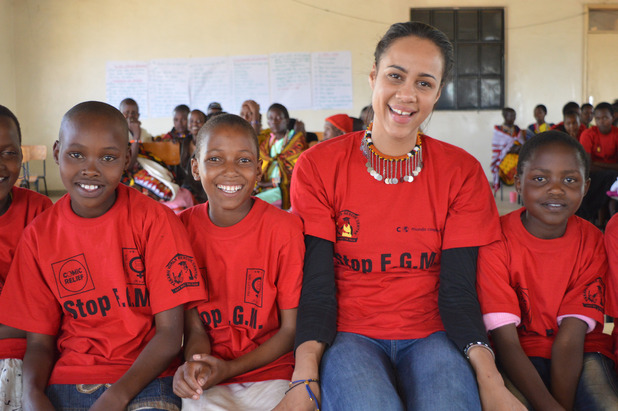Safari, Witchcraft and Murder
On 26th November, More 4 released the documentary entitled '
Safari, Witchcraft and Murder', a documentary about a Mass Murder on Safari Company land in the Central African Republic. 3 days after discovering dead bodies in central Africa, British worker David Simpson was suspected of a Mass Murder that he says he did not commit. The documentary caused quite a stir on Twitter, being criticised as ignorant and racist.
David Simpson Discovered 13 dead Bodies in the Central African Republic
David Simpson found 13 bodies in the
Central African Republic, after previously warning miners not to use their Safari company owned land for sifting for gold. He initially found 5 bodies on the Safari company land. He called the CAR police immediately. When he smelt the strong stench, he immediately knew that there were more bodies in the area. But this led police to presume that he had done the killings, as he knew so much about the situation. David Simpson spent almost 5 months in an African prison, before being brought back home to Yorkshire.
Still to this day, no-one has been bought to justice for these murders. Human Rights watch conducted an investigation into the massacres which has concluded that the murders were likely to have been caused by the Ugandan rebel group the Lords Resistance Army.
Why did Safari, Witchcraft and Murder cause such a stir?
It seems that despite proclaiming his innocence,
David Simpson did not present himself in the most positive light on the documentary. He commented that it was strage being 'the only white face in a sea of darkness' and consequently got accused of being racist. He played on African notions of witchcraft by threatening the miners on the land using three fake skulls, prior to the murders. Some would say that no wonder he was accused.
The director also received some criticism, as many viewers said that the documentary was too one sided. After all, no police or witnesses from the Central African republic featured in the documentary.
The Issues Raised - Politics, Land Ownership and Unrest in Central Africa
The issues raised by the discussions stemming from this documentary are vast. Indeed, the corruption of the CA justice system has been discussed. Yet, this is not the UK or the US - what did they expect? CSI? It is important not to generalise, but to explore why the justice systems in such countries are the way that they are. This is bound and intertwined in the complexities of African politics.
The issues of land ownership were also raised by this documentary. The gold miners were told not to tresspass on Safari company land. Who did the company purchase the land from? The government? If so, who did the government get the land from? Also, to what extent is Western involvement in building infrastructure and working in conservation helpful to African nations? Are jobs created, or is it just interferring? The issues raised are clearly too complex to be discussed in a single documentary.
David Simpson returns to the CAR - A Positive Ending?
Despite the way that David Simpson came across on camera, his heart seems to be in the right place. David returned to the Central African Republic in 2012 to continue to work for the Safari company. He said that he didn't want to be another person who gave up on Africa.






